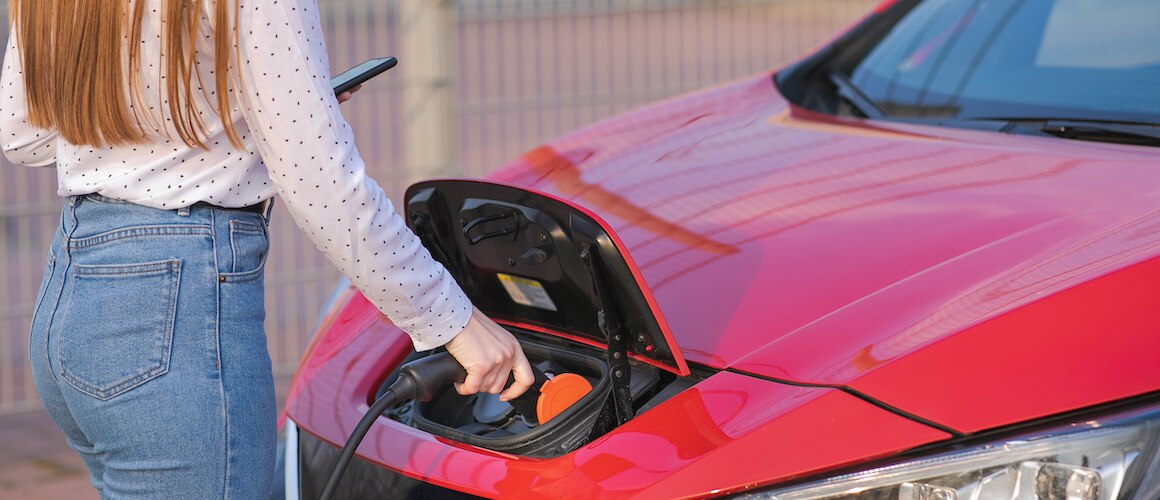
The Best Used Plug-in Hybrid Vehicles
Hanna Kielar5-minute read
UPDATED: December 12, 2022
For drivers who want to use less gas, plug-in hybrid electric vehicles (PHEVs) have a lot to offer. The ability of these vehicles to run entirely on electric power for short drives and rely on a gas powertrain for longer trips makes PHEVs versatile and practical.
Even better, you don’t need to pay new-car prices to get the benefits of this technology with some of the cars for sale on the used market.
Our list of the best plug-in hybrid vehicles reflects several factors, including price, all-electric range, performance, safety and infotainment features, and observations from industry experts. Below, we’ve listed each car’s efficiency as miles per gallon (mpg) when the gas powertrain is working, and miles per gallon equivalent (mpg-e) when the electric powertrain is active.
Let’s take a closer look at how PHEVs differ from regular hybrids before sharing our “best of” conclusions.
Hybrid Vs. Plug-In Hybrid Cars
Before diving into our list of best plug-in hybrids, let’s examine the difference between hybrid vehicles and plug-in hybrid vehicles.
Most hybrid vehicles run primarily on a gas powertrain supplemented by a larger battery and small electric motor. Hybrids use regenerative braking, which captures energy from slowing the vehicle and uses it to charge the battery. The electric motor provides a boost when the vehicle accelerates, creating better fuel efficiency. This is also why hybrids are typically more efficient for city driving than highway driving.
PHEVs take hybrid technology a step further. The vehicle can operate entirely on battery power for a certain distance, just like an electric car. Then a gas powertrain takes over. In some cases, the gas powertrain will power the wheels directly. Other PHEVs use the gas motor to recharge the battery.
PHEVs have another advantage: Certain models may qualify for a federal tax credit. No other hybrids qualify for this incentive. Tax credits run as high as $7,500 for certain models.
PHEVs Come With Certain Costs
Attractive as they might be, PHEVs have some downsides. Typically, they are more expensive than their conventional counterparts and earlier-generation hybrids. The possible tax credit and incentives that may be available from state governments may lessen that disparity, though.
PHEVs may also be more expensive to fix because they fuse gas powertrains along with electric motors and batteries, and all these must work together seamlessly. Hybrids are typically less attractive for driving enthusiasts because they prioritize efficiency over performance.
How To Charge A PHEV
PHEVs typically have smaller batteries than battery electric vehicles (EVs). They also charge more slowly. Still, topping off a PHEV for the average daily commute is as simple as plugging the included charging cable into a wall outlet. From there, you can run a certain distance on just electricity, in some cases nearly 50 miles.
PHEV owners who want to charge faster may be able to install a 240-volt outlet in their home.
Toyota Plug-In Hybrids
Toyota wasn’t the first automaker to introduce hybrids, but Toyota brought them into the mainstream with the Prius starting in 2000 – the year of the Prius’ rollout in the United States. Even celebrities were queuing up to buy a Prius to show their commitment to green initiatives.
The brand continues its leadership in the hybrid space with the addition of PHEVs. Toyota is clearly applying what it’s learned over the years into its PHEVs, as you’ll see two Toyota plug-in hybrids below in the hatchback and SUV categories.
Best Plug-In Hybrid SUV: Toyota RAV4 Prime

Efficiency: 94 mpg-e | 38 mpg
Electric-only range: 42 miles
The RAV4 Prime has all the interior space, ground clearance and comfort of the high-quality gas-powered RAV4. Its ability to operate on electricity will dramatically increase its fuel economy and reduce your carbon footprint. It also gets high marks for its reliable 8-inch touch screen, infotainment options and excellent crash ratings. Only one other PHEV SUV – the Ford Escape – comes close to its all-electric total range, with most others lagging in the low 20s.
Best Luxury Car With A Plug-In Hybrid Powertrain: Audi Q5 PHEV
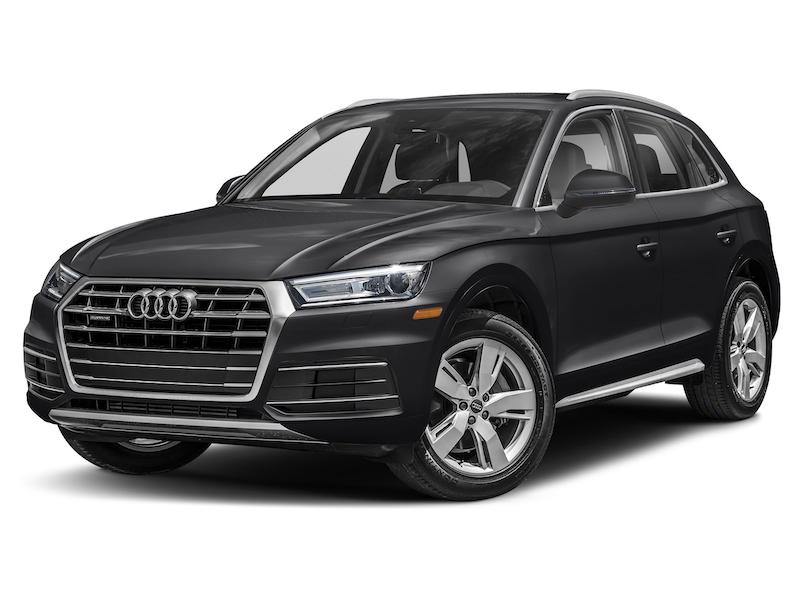
Efficiency: 65 mpg-e | 27 mpg
Electric-only range: 20
After discontinuing its luxury hybrid model in 2017, Audi introduced an updated PHEV version in 2020. Its interior is spacious and plush across all trim levels, and it offers the quickness of an electric car with a 0 – 60 time of 5.4 seconds.
The new PHEV also won a spot on our Best Hybrid SUVs list. If you opt for the gauge-free Virtual Cockpit, you can configure the information you see on your dashboard. The Q5 lacks cargo space and all-electric range, but it’s a luxurious choice if you aren’t ready to opt for an EV.
Best Plug-In Hybrid Crossover: Kia Niro
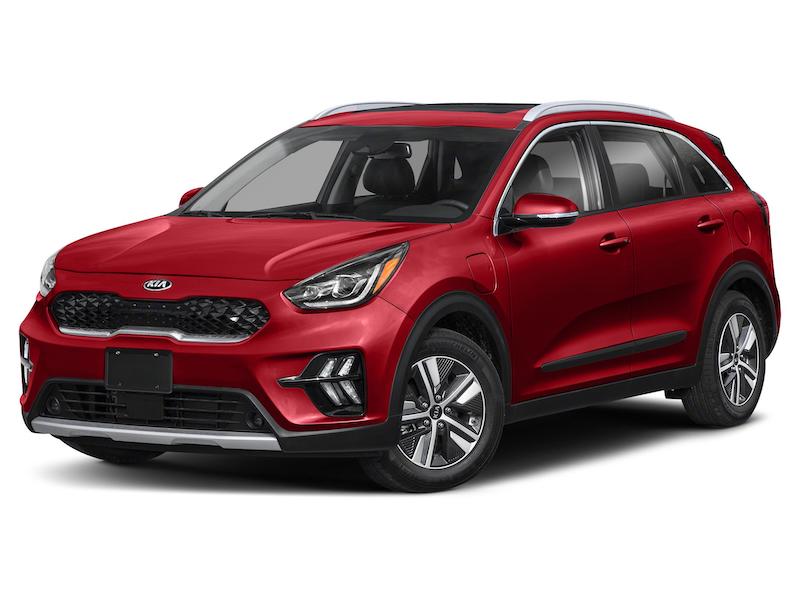
Efficiency: 105 mpg-e | 46 mpg
Electric-only range: 26 miles
The Kia Niro PHEV offers drivers with more modest budgets an option for a capable PHEV. It favors an accessible sticker price over all-wheel drive and luxury options. Still, it’s capable even on rough roads and comes with an attractive warranty.
Its infotainment interface is ready to connect with Android and Apple devices. The Kia Niro’s all-electric range is shorter than many PHEVs in our best-of roundup, but it’s also one of the most affordable. The Hyundai Ioniq plug-in hybrid is closely related to the Niro, so keep both in mind as you shop.
Best Plug-In Hybrid Minivan: Chrysler Pacifica
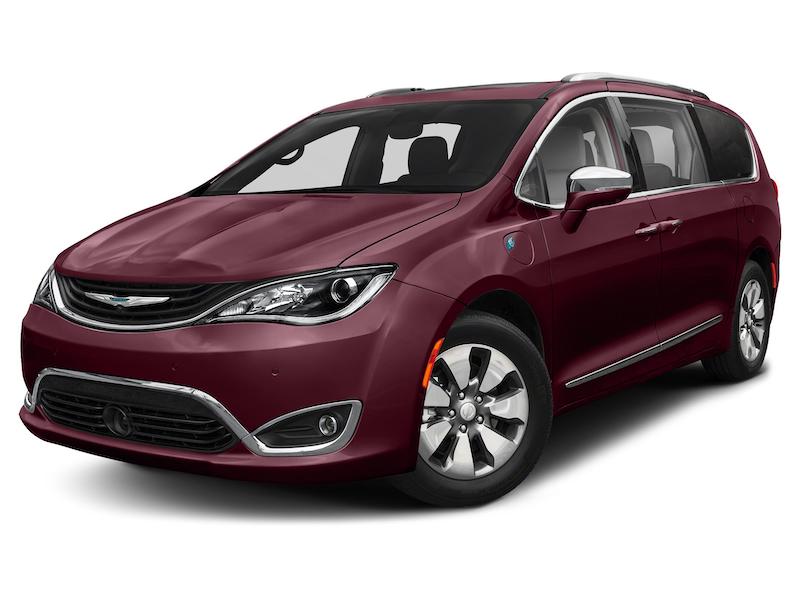
Efficiency: 82 mpg-e | 30 mpg
Electric-only range: 25 miles
The Chrysler Pacifica is currently the only PHEV minivan, but any future contenders will have to be impressive to steal its crown. The Pacifica can tow up to 3,600 pounds, it has a comfortable interior, and it excels even on rougher roads. It also has a 10-inch touch screen that connects to Amazon Alexa, wireless Apple CarPlay and Android Auto. It’s also packed with options for driver-assist functions, along with power-sliding rear doors, a powered liftgate and a Stow ‘n Go third-row bench seat.
Best Hybrid Hatchback: Toyota Prius Prime
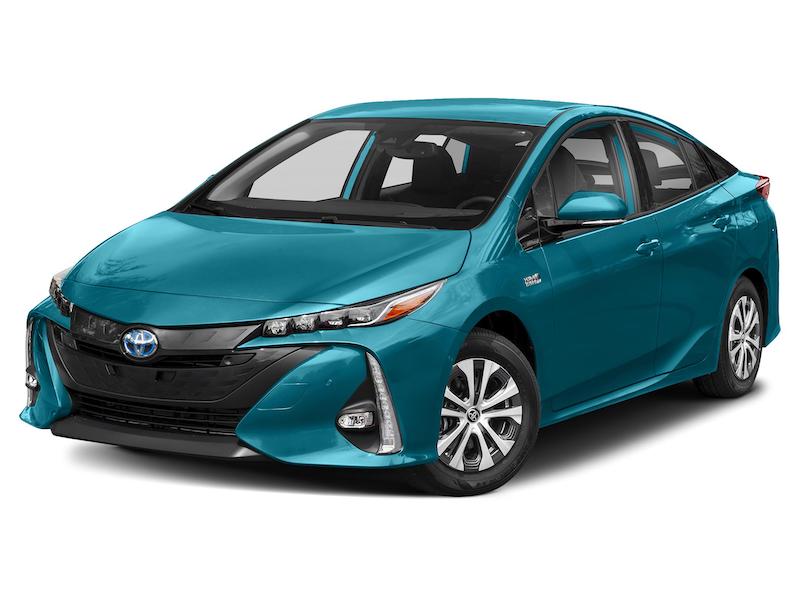
Efficiency: 133 mpg-e | 54 mpg
Electric-only range: 25 miles
Like the original Prius, the Prius Prime favors utility over sportiness. Its front-wheel-drive powertrain handles well, but it’s a bit slow to get up to highway speed. Safety features such as bicycle/pedestrian detection, lane departure warnings, forward collision warnings and adaptive cruise control should appeal to drivers who prefer to keep things calm and predictable. The Prius Prime also made it onto our list of best hybrid cars from 2021.
Best Hybrid Sedan: Honda Clarity
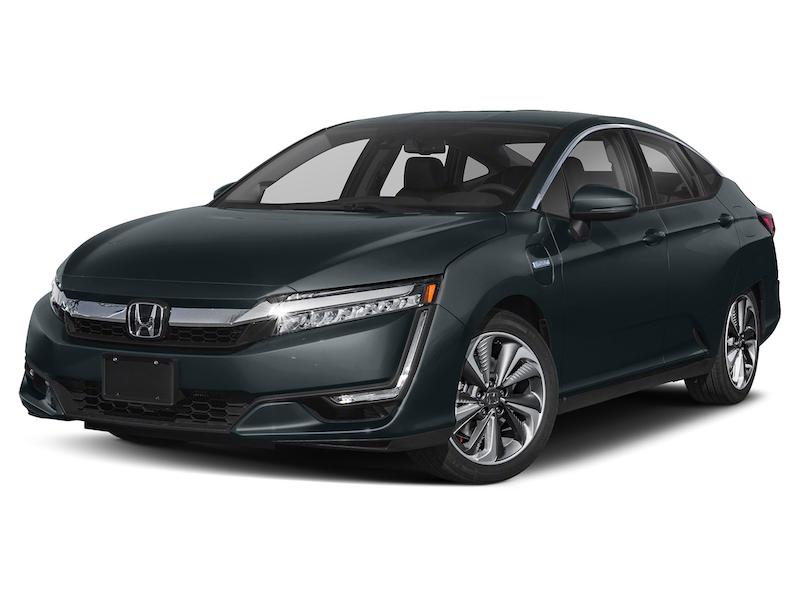
Efficiency: 110 mpg-e | 42 mpg
Electric-only range: 48 miles
The Honda Clarity leads the way among PHEVs in all-electric range, and its gas powertrain efficiency is also solid. It can seat five people comfortably, and reviewers say its cabin is more upscale than the Prius Prime. The electric motor’s instant torque helps it accelerate quickly, and the Clarity also handles corners well. Its safety features are solid thanks to the Honda Sensing Suite of driver-assistance systems.
Best Off-Road PHEV: Jeep Wrangler 4xe

Efficiency: 49 mpg-e | 20 mpg
Electric-only range: 21 miles
If you want a PHEV that’s fun to drive off-road, the Jeep Wrangler 4xe has you covered. Sure, it only gets 21 miles of all-electric range, it’s not likely to win awards for efficiency, and it lacks driver-assistance features. But the Wrangler 4xe can crawl over rocks and make easy work of rutted unpaved trails just like its gas-powered counterparts. Off-road enthusiasts will be able to choose from Sahara, Rubicon and High Altitude trims.
The Bottom Line: PHEVs Bridge The Gap Between Gas And EVs
While many drivers like the idea of saving on gas, many object to EVs because they believe the range is too short and the charging times are too long. A PHEV bridges the gap, allowing all-electric driving for errands and commuting while the gas powertrain remains ready to go for long distances.
If you’re ready to make the leap to EVs, be sure to check out our list of best EVs.
Skip The Negotiations
Skip The Negotiations
Hanna Kielar
Hanna Kielar is a Section Editor for Rocket Auto℠, RocketHQ℠, and Rocket Loans® with a focus on personal finance, automotive, and personal loans. She has a B.A. in Professional Writing from Michigan State University.
Related Resources
Viewing 1 - 3 of 3